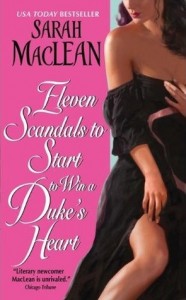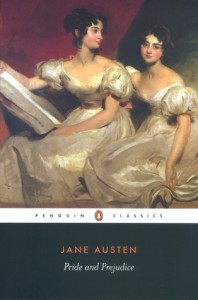Book Lovers Inc.
Romance Novel Reviews, Author Interviews, Commentary
Elements in Lit 201: Peerage continued
In our last lesson, we talked about the different ranks in British nobility. It drew a lot more questions (which I love!) and also helped me personally answer a Jeopardy question 🙂 The nature of these questions was about the proper way to address each level of the Peerage and about other countries’ classifications. So, today, I thought we’d take a look at how to address our ‘betters’.
In my search for info, I found a great site that goes into to lots of detail about how greet, in writing or speech, the nobility, among many other details, including the role of women. I can see now how complicated those times must have been, knowing how to refer to someone and who would be considered equals or subordinates. I’ll give a few examples here:
If you were writing a letter to a Duke, you would address it to “Dear Duke of…” but in speech, you would call him “Your  Grace”, unless you were also a duke, then you would refer to him as “Duke”. As conversation continued, he could then be called “Sir”. His wife would also be called “Your Grace” by underlings, then called “Madam” as the conversation continued.
Grace”, unless you were also a duke, then you would refer to him as “Duke”. As conversation continued, he could then be called “Sir”. His wife would also be called “Your Grace” by underlings, then called “Madam” as the conversation continued.
It gets interesting when you mix in daughters of the peerage and whether they are married or not. If the daughter of a Duke marries a commoner, she can retain her title, but if she marries someone down the peerage chain, she can only keep her title until her husband comes into his own title, then she must be known as the lesser name. The naming continues on, depending on if a son is the oldest or youngest of a Duke or Baron, etc.
 Confused yet? I have to admit that I’m very glad to not be running around in those societal times! For a complete look, check out the site here. The site author looks to have done lots of research and has links to other great content, including “Dowagers” and “entails” and more. You could really get lost in the information!
Confused yet? I have to admit that I’m very glad to not be running around in those societal times! For a complete look, check out the site here. The site author looks to have done lots of research and has links to other great content, including “Dowagers” and “entails” and more. You could really get lost in the information!
I’ve only ever looked at these terms in passing, as I read through my historical romance books, but I think, now, I’ll be paying more attention to make sure the authors are getting it right. Then again, when you’re talking about the saucy exploits of some of the feisty women you find in the novels, all these fancy rules tend to get tossed out the window 🙂
Share This Post
Subscribe and stay up-to-date
6 Comments
« Review: Legacy by Kate Kaynak Next Post
Review: The Bodyguards’ Princess by Ann Mayburn »















 Blog RSS Feed
Blog RSS Feed Follow Me on Twitter
Follow Me on Twitter My Facebook
My Facebook
Yes I am confused, lol. Though I wont be keeping attention 😉 Since well as you say, if I did then I would sure frown upon all those lost virtues
Fascinating stuff! Thanks so much for providing.
I have some regency books that include information on the peerage and forms of address, but nothing this comprehensive. I’m definitely bookmarking it.
I’m not an absolute stickler for accuracy and realism in works of fiction, but I figure that if I’ve caught a mistake (which I do with more frequency than I’d like), it must be a pretty basic/noticeable one. I’ve set some books with particularly egregious errors in the rubbish pile without even finishing them. It’s sloppy and shows disrespect for me, the reader, from both the author and editor/publisher. (OK, stepping down from the soapbox now. . . )
haha, reading this post while on cold meds might not have been the smartest choice! Definitely a bit confused, but still, this is really good info to know. I’ve had to research royal address formalities before, but every source seemed to have a different opinion!
Smiles!
Lori
Great post, thank you! When I was younger, there were those small dayplanners which had lists in it, how to addres people with titles. Also the clergy and the academic ones. But I still find it highly interesting. I am not going to be looking for mistakes in the books I read, that would only annoy me.
Wow! I’m lost. Really relieved that I live in this age!
I love those charts on that other site! With all my reading I’ve gotten the jist of a lot of those titles, rules & connections. Some things I’ve found interesting are:
– wife of Earl is a Countess, while all the other wives titles sound like the husbands
– England doesn’t use Count (like other countries) but uses Countess
I know I read one book that had an unmarried female with the title Countess, and I think she would get to keep that title even if she married. Didn’t see any reference to that on the charts.
I love picking up bits of info on subjects like this.